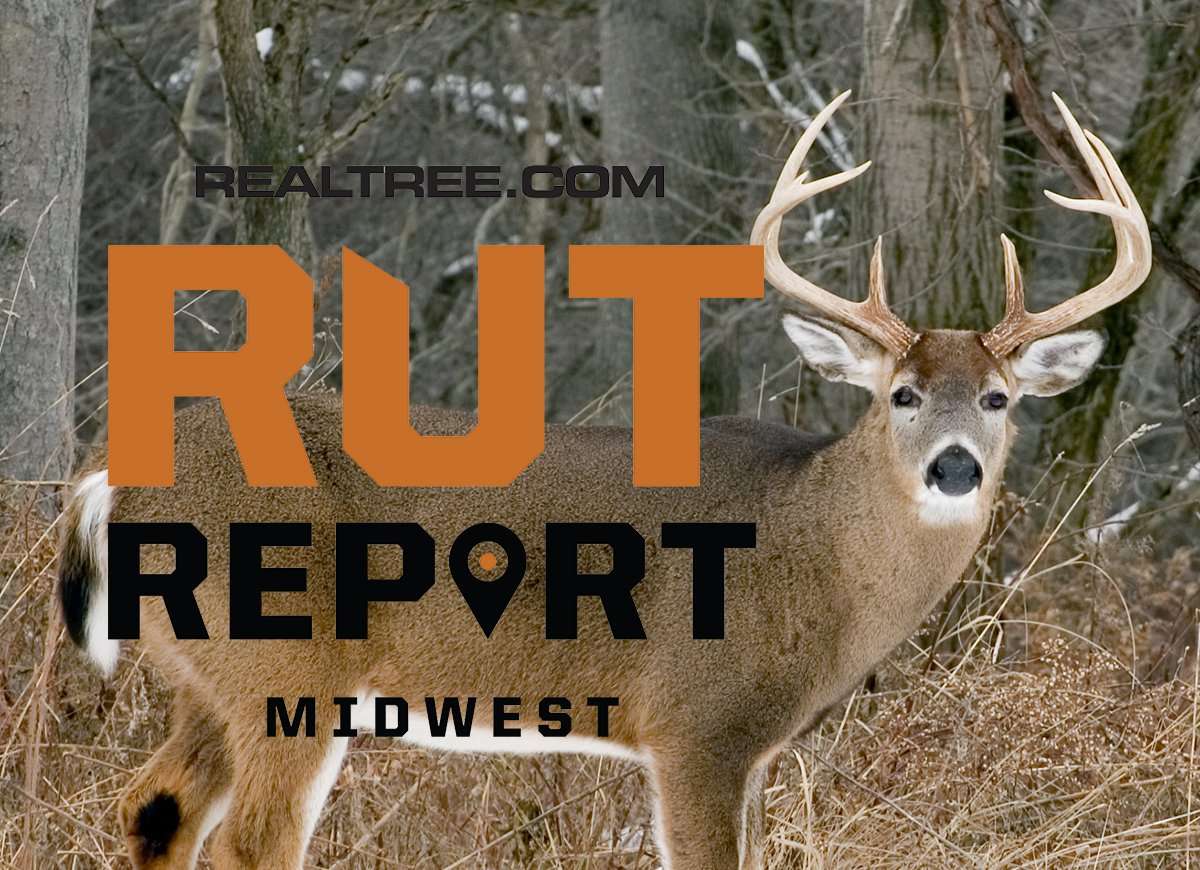Now is the time to focus on food again and possibly capitalize on the last bit of rutting behavior for the season.

November is over, and we're already more than a week into December. In the Midwest that means the bulk of the breeding is over. Some of the remaining rut activity will come from the tiny percentage of does that were missed during their first cycle, or from does that simply cycled late. But the bulk of late-season breeding is driven by fawns that enter estrus. In the Midwest, where soil and habitat are rich and great food sources abound, doe fawns often reach the necessary weight threshold to enter estrus during the first year of life. While fewer than 10% of doe fawns enter estrus in other regions, as many as 50% can do so in the Midwest, especially in the areas with the highest quality habitat.
So, what does this mean for the Midwestern deer hunter? Really, not much, but some takeaways exist. First, don't bank on seeing any of this action, and certainly don't expect it to rival the primary rut. Late-rut movement (especially with doe fawns) is very sporadic, even in the Midwest where it happens the most.
Second, while bucks often intercept mature does within heavy cover, most of this late rutting does begin and take place out in the open. Doe fawns generally stay with their doe groups, which are locked into bed-to-feed patterns. Even when bucks find them, they sometimes have a hard time pushing them back into heavy cover. When this late-rut behavior does occur, it can be very visible.
Doe fawns aside, the majority of adult does are unreceptive now. Does that were missed during their first cycle are possibly past their second cycle or entering it now. And that's why scrapes are reopening. Scraping activity isn't as heavy now as it was during the pre-rut, but some are starting to hit them more, which will continue at some capacity indefinitely. After all, deer scrape year-round, even during the spring and summer.
Overall, those who are still packing a deer tag should focus on food and capitalize on rutting activity if and when they see it. Finding the best bedding cover and food sources is the only play during the late season. If you don't have access to those, you likely won't fill a tag, especially on a mature buck.
(Don't Miss: When You Should Pass a Buck … and When You Shouldn't)







